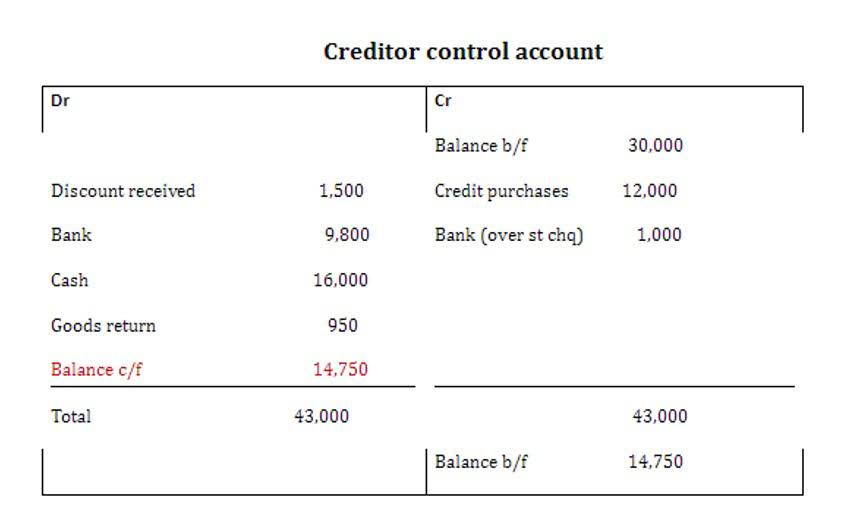
The information is provided for general purposes only, and does not take into account any personal circumstances or objectives. Before acting on this material, you should consider whether it is suitable for your particular circumstances and, if necessary, seek professional advice. No representation or warranty is given as to the accuracy or completeness of this information. It does not constitute financial, investment or other advice on which you can rely. Any references to past performance, historical returns, future projections, and statistical forecasts are no guarantee of future returns or future performance.
What happens to the price of my stock after a split?
Stock splits refer to the process whereby a company increases its number of shares, reducing the per-share price of the stocks. The splitting is done following a significant rise in stock prices, making it difficult for investors to spend on them. However, reducing the costs makes purchasing the company’s shares easier for traders, and they can continue choosing them for trade despite their rising value.
Impact of Stock Splits on Short Sellers
While they don’t change a company’s fundamental value by even a single penny, these events generate massive attention from investors and can signal important messages about management’s contra asset account confidence. A reverse stock split is when a company consolidates its shares to reduce the number of outstanding shares. This typically happens when a company’s stock price is too low, and the company wants to avoid delisting or maintaining a certain stock price level. Even though a stock split will increase the number of shares, each share’s proportional value will decrease. The main advantage of stock splits is improved accessibility for smaller investors.
- Stock splits can be good for investors because they make a stock’s price more affordable, allowing some investors who were priced out before to buy the stock now.
- Apple has split stocks, with the most recent one recorded in August 2020.
- They increase the outstanding shares, reducing the per-share amount for traders.
- However, the tech giant is soon set for more upcoming stock splits.
A free answerjust for you

For example, in a reverse one-for-five split, 10 million outstanding shares at $0.50 cents each would now become 2 million shares outstanding at $2.50 per share. When a stock splits, it can also result in a share price increase—even though there may be a decrease immediately after the stock split. This is because small investors may perceive the stock as more affordable and buy the stock. The most commonly found forward split patterns are 2-for-1, 3-for-1, and 3-for-2.

Related News & Market Insights
However, the market capitalization of the company remained largely unchanged at $556 billion. The day after the stock split, the price had increased to a high of $95.05 to reflect the increased demand from the lower stock price. The stocks split when the current stock price makes the units inaccessible and unaffordable for investors.
A stock split can make the shares seem more affordable, even though the underlying value of the company has not changed. Stock splits are a decision a company takes in consultation with its board of directors. The companies that make their shares publicly available to investors keep a particular number of units outstanding.
A special type of stock that can be converted into corporate bonds after a specific amount of time has elapsed. A special type of stock that is a result of offering an employee stock ownership plan. A) Increase the number of outstanding shares.B) Increase the number of authorized shares.C) Increase legal capital.D) Induce a decline in market value per share. Historical price charts must be adjusted for splits to show accurate performance over time. Without adjustment, a stock that split 2-for-1 would appear to have lost half its value overnight.
Create your account
For current holders, it’s good to hold more shares of a company but the value doesn’t change. The strength of a company’s stock comes from its earnings, not the price stock splits are issued primarily to of its stock. There are some changes that occur as a result of a split that can impact the short position. The biggest change that happens in the portfolio is the number of shares shorted and the price per share. For example, if Company X reaches a point where its 100 shares trade at $50, it can opt for a 1-for-2 reverse split. The process can reduce the amount of shares to 50, and shareholders would receive one share for every two shares they own, increasing the prices to $100 per share.

Relate Business solutions and answers
The increased marketability and Outsource Invoicing liquidity result from the perceived affordability. Some companies avoid splits to maintain a shareholder base focused on long-term ownership and to reduce trading volatility. High share prices may discourage short-term speculation and frequent trading. Jon noticed that most traditional splits are in the form $x$ -for-1. He says that in those cases, all you need do is multiply the number of shares held by $x$ and divide the price ber share by $x$ to get the post-split numbers. So far as the pricing for the bonus issue is concerned, the face value of the shares is equal.






0 Comment